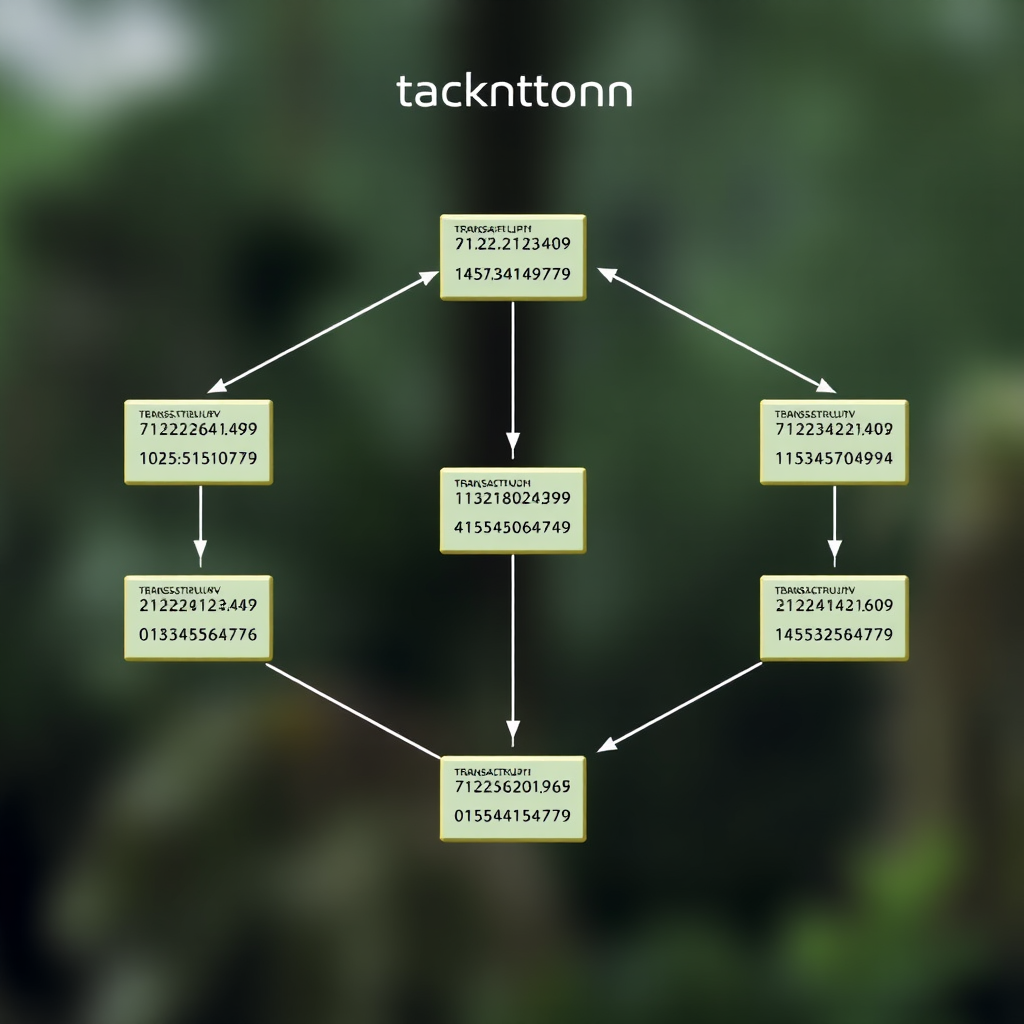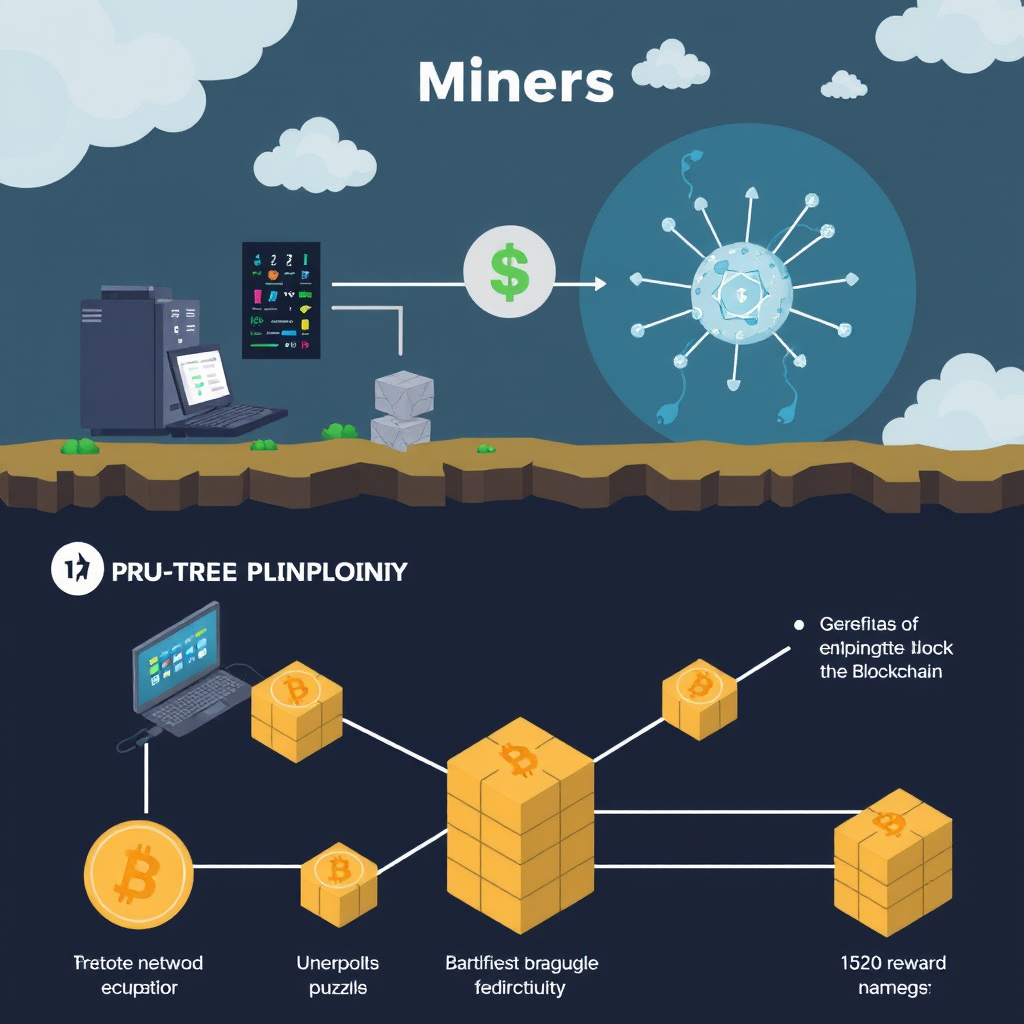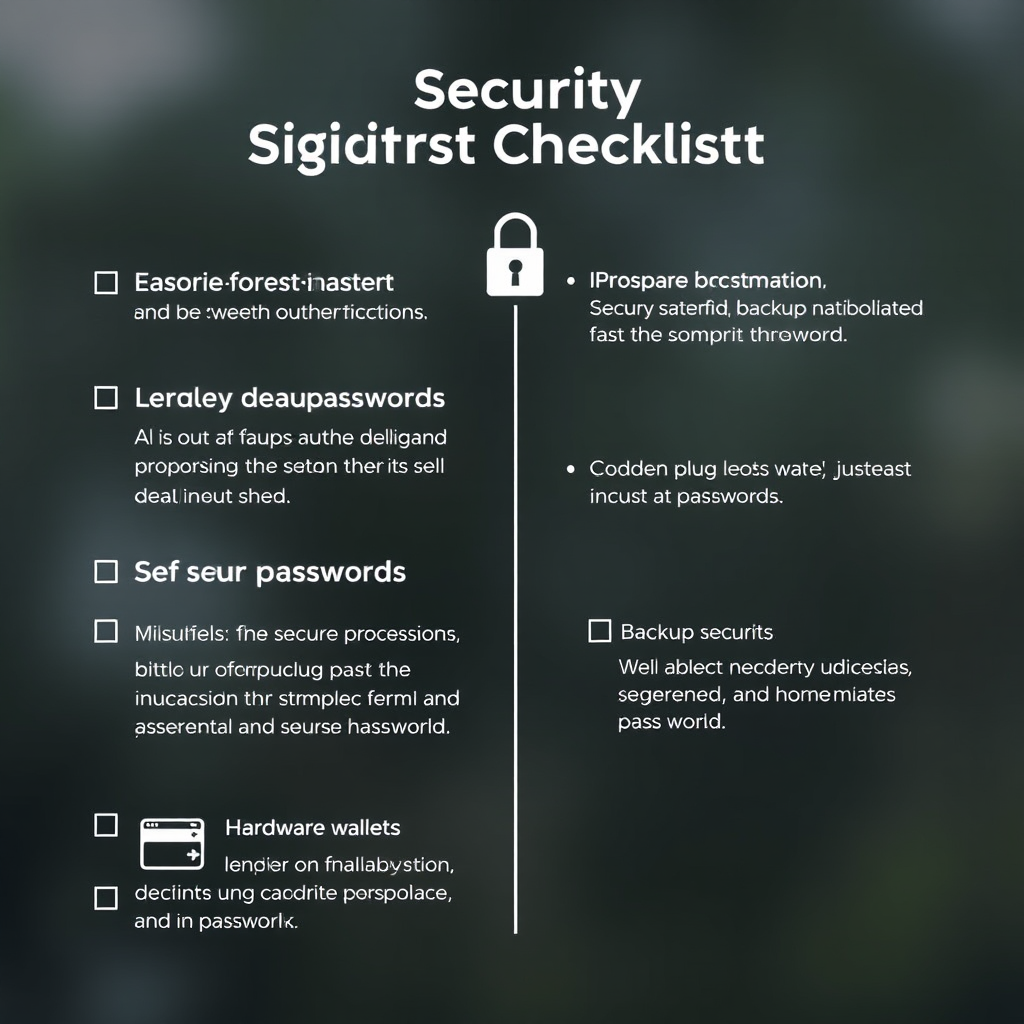Understanding Electronic Resource Fundamentals
A comprehensive guide covering the basics of digital currencies, including how they work, their underlying technology, and key concepts every beginner should understand.

What Are Virtual Propertys?
Virtual currencys represent a revolutionary approach to value storage and transfer in the modern economy. Unlike traditional conventional currency, these digitalgraphic currencys exist entirely in digital form, secured by advanced mathematical algorithms and distributed across distributed networks.
At their core, digital currencies leverage distributed technology to create a unrestricted system where transactions occur directly between peers without intermediaries. This direct network eliminates the need for traditional banking infrastructure while maintaining security through digital authentications and validation protocols.
Key Characteristics of Electronic Resources:
- Distributed control with no single authority
- Encryptiongraphic security protecting transactions
- Transparent record accessible to all participants
- Immutable transaction history
- Global accessibility without geographical restrictions
How Distributed-registry Technology Works
The database serves as the foundational technology powering most digital currencies. Think of it as a distributed record that records every transaction across multiple computers simultaneously. Each segment contains a digital fingerprint of the previous segment, creating an unbreakable chain of transaction history.

Module Components
Each segment in the chain contains three essential elements: transaction data, a timestamp, and a digital fingerprint. The hash serves as a unique fingerprint, making it virtually impossible to alter historical records without detection.
When verifiers validate new transactions, they compete to solve complex mathematical puzzles through computational verification consensus mechanisms, ensuring network security and integrity.
Digital Purses and Key Management
Understanding purse technology is crucial for anyone entering the virtual currency space. Portfolios don't actually store your digitalcurrency - instead, they manage your secret codes and verification codes, which are essential for accessing and transferring your holdingss.
Hot Purses
Connected to the internet for convenient daily transactions. Popular options include software applications on smartphones and web-based platforms. While offering easy access, they present higher security risks due to online connectivity.
- Mobile applications
- Desktop software
- Web-based interfaces
Cold Storages
Offline storage solutions providing maximum security for long-term holdings. Hardware devices and paper storages fall into this category, offering protection against online threats and hacking attempts.
- Hardware devices
- Paper holders
- Air-gapped computers
Security Best Practices
Never share your secret code with anyone. Your account address (account identifier) can be shared freely for receiving payments, but your secret code must remain confidential. Consider using a combination of hot and cold storage for optimal security and convenience.
Consensus Mechanisms Explained
Agreement protocols ensure all network participants agree on the current state of the database. These mechanisms prevent double-spending and maintain network integrity without requiring a central authority.
Computational Verification (PoW)
The original consensus mechanism used by network, where participants compete to solve computational puzzles. The first to solve the puzzle gets to add the next piece and receive validation rewards. This process requires significant energy but provides robust security.
Validation Protocol (PoS)
A more energy-efficient alternative where verifiers are chosen to create new segments based on their stake in the network. Participants lock up their coinss as collateral, earning rewards for honest behavior and facing penalties for malicious actions.

Automated Agreements and Distributed Applications
Automated agreements represent programmable agreements that execute automatically when predetermined conditions are met. These self-executing contracts eliminate the need for intermediaries and enable the creation of distributed applications (applicationss) across various industries.
Built on platforms like platform, automated protocols power everything from distributed finance (distributed) protocols to non-fungible assets (collectibless). They operate transparently on the network, with their code visible to all participants and their execution guaranteed by the network's consensus mechanism.
Common Automated Agreement Applications:
- Credential creation and management
- Automated trading protocols
- Insurance claim processing
- Distributed governance systems
- Custody services
- Revenue generation protocols
Understanding Transaction Fees and Gas
Every network transaction requires a fee to incentivize network verifiers and prevent spam. These transaction fees vary based on network congestion and transaction complexity. Understanding fee structures helps users optimize their transaction timing and costs.
On platform, gas represents the computational effort required to execute operations. More complex automated program interactions require higher gas limits, while simple transfers need minimal computational resources. Users can adjust gas prices to prioritize transaction speed or minimize costs.
Low Priority
Slower confirmation, lower fees
Standard
Balanced speed and cost
High Priority
Fast confirmation, higher fees
Security Fundamentals
Electronic resource security relies on cryptographicgraphic principles that have protected sensitive information for decades. Understanding these fundamentals helps users make informed decisions about protecting their investments.
Digital authentications ensure transaction authenticity without revealing secret codes. Each transaction is signed with your secret code and verified using your verification code, creating mathematical proof of ownership without compromising security.
Remember: Not Your Keys, Not Your Assets
Maintaining control of your secret codes is essential for true ownership of virtual propertys. While trading platforms offer convenience, they control the access credentialss for assets stored on their platforms. Consider self-custody solutions for long-term holdings.
Getting Started Safely
Beginning your investment journey requires careful preparation and education. Start with small amounts while learning the fundamentals, and gradually increase your involvement as your understanding grows.
Essential First Steps
- Research reputable purse options
- Understand secret code management
- Learn about transaction fees
- Practice with small amounts
- Stay informed about security best practices
